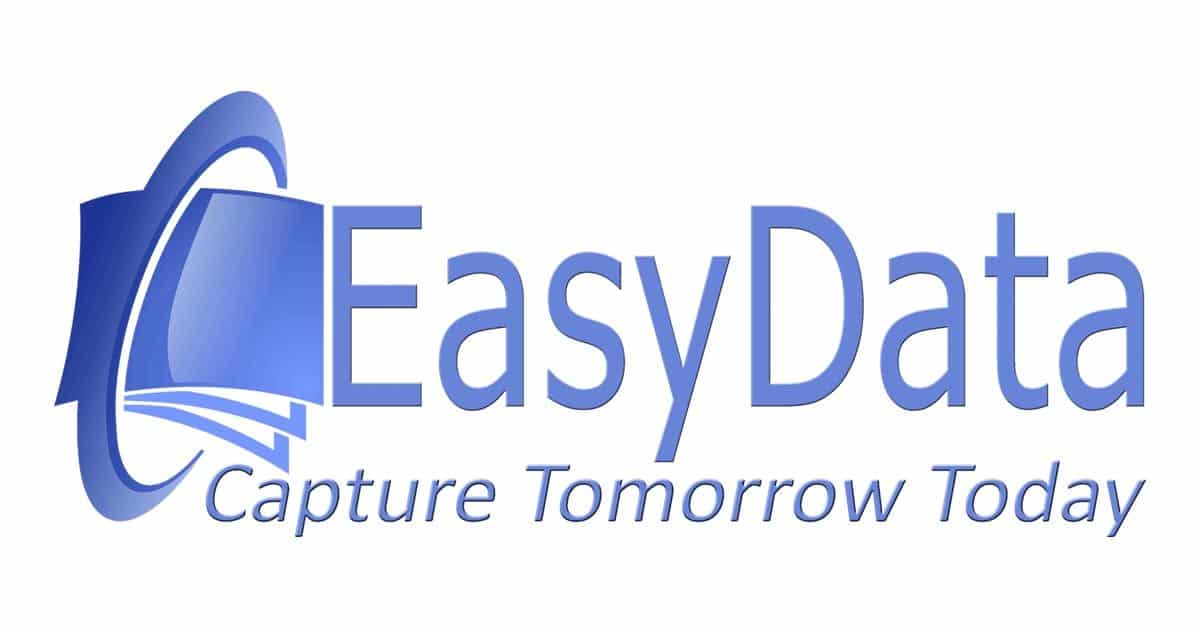Machine Learning for Organizations: From Data to Value
Make data quality your trump card: Automate your data processing and leave only 1 in 100 challenges unsolved
Schedule Your ML Strategy Discussion
Machine Learning in Plain English
Machine Learning is actually quite simple: you give a computer a large pile of examples, and it learns patterns from them.
You don't need to think up rules anymore: You don't have to keep figuring out how all patterns work. The computer does the heavy lifting: the software finds connections you'd never see. And that software (algorithms) keeps getting smarter: the more examples, the better the predictions become.
A concrete example:
Instead of writing thousands of rules for spam detection ("if email contains VIAGRA AND comes from Nigeria THEN spam"), you show the system 10,000 spam emails and 10,000 normal emails. The algorithm discovers the patterns itself and becomes better at recognizing spam than you could ever program.
The power lies in letting go of control:
You don't need to know HOW it works, only WHAT you want to achieve. Give good examples, and ML does the rest.
This is why ML is so revolutionary - it solves problems too complex for traditional programming!
Machine Learning (ML) is the engine behind smart search engines, self-driving cars and hyper-personalized marketing.
For all businesses, it means the key to competitive advantage in a changing market.
This article explains exactly what ML is, and how you can deploy it for tangible value.
Machine Learning in Numbers
🚨 The reality for international businesses: data quality chaos
Research among international mid-sized companies shows alarmingly high frustrations with manual processes:
The Machine Learning Leaders in Focus
ML Adoption in Europe: Northern Countries Lead the Way
Northern European businesses adopt ML faster than the EU average, but there's no reason to become complacent
The Main Flavors of Machine Learning
Supervised Learning
Learning based on labeled examples. For instance, a model that classifies emails as spam or legitimate. Perfect for invoice recognition and document classification where you already have labeled data.
Unsupervised Learning
Pattern recognition without labels. Ideal for customer segmentation and anomaly detection. Discovers hidden patterns in your data that manual analysis would miss.
Reinforcement Learning
Learning through trial-and-error. Popular in robotics and process optimization. The system learns the best actions through feedback and rewards.
Deep Learning
Based on neural networks. A subset that deciphers complex patterns (images, text, speech).
Online Learning
Algorithms that learn incrementally. Continuously learning from new incoming data, rather than training on a fixed dataset.
Ensemble Learning
Combines algorithms. Merges multiple machine learning models to achieve better performance than individually.
The Practice: From Theory to Impact
| Description | Sector | Value Proposition |
|---|---|---|
| Document Classification with NLP | Logistics | 90% faster invoice processing, fewer manual errors |
| Predictive Maintenance on Machines | Manufacturing | Up to 20% less downtime and 15% cost reduction on maintenance |
| Demand Forecasting | Retail | 5-10% inventory reduction without loss of service level |
| Transaction Anomaly Detection | FinTech | Faster fraud detection, compliance with AI Act transparency |
| AI-driven Workforce Planning | Healthcare | Automatic scheduling saves up to 30% on planning hours and reduces absences through better work-life balance |
| Computer Vision for Quality Control | Food Industry | 95% faster visual inspections, up to 80% fewer production errors |
| Chatbots and Virtual Assistants | Customer Service | 24/7 service, 60% reduction in wait times and up to 40% lower operational costs |
| AI Price Optimization | E-commerce | 15% higher margins through automatic price adjustments based on demand and competition analysis |
| Energy Predictive Algorithms | Real Estate | 25% savings on energy costs through smarter consumption and peak prediction |
How to Get Started with ML Yourself?
Step 1: Data Inventory
Map internal and external data sources (CRM, sensors, open data portals).
Tip: Use EasyData expertise to quickly build Proof-of-Concepts without deep data science knowledge.
Step 2: Cleaning & Feature Engineering
Solve the most common frustration of IT managers: poor data quality (85% experience this). Data preprocessing is 80% of ML work.
Step 3: Model Selection & Training
Choose the right algorithm (e.g., Random Forest for churn prediction). International businesses prefer explainable AI due to compliance requirements.
Step 4: Validation & MLOps
Automate retraining and monitor bias to comply with AI Act guidelines. European regulation requires transparency and traceability.
Step 5: Deployment
Serve real-time predictions via APIs and using open-standard containers.
The Benefits Summary: Why International Businesses Embrace ML
⚡ Faster Time-to-Market
Algorithms run 24/7 and automate manual work. Average 27% revenue growth for international businesses applying AI.
📊 Better Decisions
Data-driven insights minimize gut feeling decisions. ROI within 6-12 months for most implementations.
💶 Cost Efficiency
Lower operational costs and higher productivity. 50-80% cost savings on document processing.
Key Considerations and Pitfalls: Where International Businesses Face Challenges
1. Data Quality – Garbage In, Garbage Out
Invest in data governance. 85% of international IT managers experience data quality problems as the biggest blocker.
2. Bias & Ethics – AI Act Compliance
Consider the AI Act and future audits; transparency is key. International businesses must comply with strict AI regulations from 2025.
3. Avoiding Vendor Lock-in
Build portable models (e.g., ONNX) and multi-cloud architecture, aligning with international business preference for flexibility and independence.
4. Digital Skills
45% of international businesses experience skill gaps in AI projects. Focus on internal training or partnerships with specialists.
Best Practices for a Flying Start
📋 1. Create an AI Roadmap
Define business cases (e.g., customer churn, inventory optimization) and prioritize on ROI and feasibility. Start with quick wins.
🚀 2. Start Small, Scale Fast
Proof-of-Concepts of 4-6 weeks already show value. Then expand with MLOps pipelines for production use.
🤝 3. Work Multidisciplinary
Involve IT, data science, operations AND compliance from day 1 for consensus in decision-making. International business culture requires broad agreement.

Conclusion: The Time is Right for Machine Learning
Machine Learning is not a futuristic luxury, but a practical tool to accelerate processes, reduce costs and drive innovation. With the right approach – good data, clear business cases and attention to ethics – international mid-sized enterprises can make the leap from experimental pilots to scalable, future-proof ML solutions.
By smartly using open-source software and cloud neutrality, you prevent vendor lock-in and remain flexible. Start today with a small-scale project, let the numbers speak and build internal support for larger initiatives.
The market won't wait – international businesses are adopting AI faster than ever before. Time to join in!
Ready to Go from Data Problems to Machine Learning Success?
From 85% data quality frustration to 99% automation. International businesses achieve average 27% revenue growth with the right ML implementation. No vendor lock-in, but European data sovereignty and transparent ROI within 6 months.
💶 Guaranteed Results for International Businesses
✅ 50-80% cost savings on document processing within 6 months
✅ 99% automation rate while maintaining control and transparency
✅ European data sovereignty and full GDPR/AI Act compliance
✅ No vendor lock-in thanks to open-source technology and flexible hosting
✅ 25+ years experience with transparent pricing and local support
Frequently Asked Questions about Machine Learning
What is the difference between AI and machine learning?
Artificial Intelligence (AI) is the umbrella term for systems that mimic human intelligence. Machine Learning is a subset of AI that specifically focuses on algorithms that learn from data without being explicitly programmed. Deep Learning is again a subset of ML that uses neural networks.
How long does a typical ML implementation take?
A Proof-of-Concept takes 4-6 weeks. A complete production implementation usually takes 3-6 months, depending on complexity and data quality. International businesses see average positive ROI within 6-12 months.
What data do I need for machine learning?
The amount depends on the problem, but usually several thousand to millions of data points are needed. More important than volume is quality: clean, relevant and representative data. EasyData helps with data inventory and cleaning prior to ML projects.
How about privacy and the AI Act?
International businesses must comply with the EU AI Act from 2025. This means transparency about algorithms, risk assessment and explainable AI. EasyData implements compliance-ready solutions by default with European datacenters and full traceability.
What are the costs of machine learning?
Costs vary from $11,000 for a simple POC to $110,000+ for enterprise solutions. International mid-sized businesses invest on average $28K-$165K annually and achieve 3x-12x ROI within the first year through cost savings and efficiency gains.
Can I combine machine learning with existing systems?
Yes, modern ML solutions integrate via APIs with your existing ERP, CRM and other business systems. EasyData ensures seamless integration without disruption of ongoing processes, with full backward compatibility.

